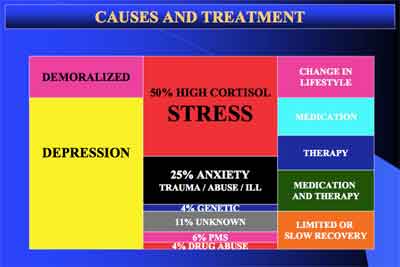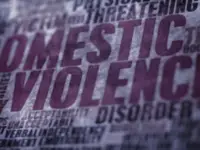The answer to this question may be considered as the one given by victims who cut themselves. Victims who indulge in this act of self-injury give one or more of the following reasons that motivate or drive them to self-cutting:
- Failures in life, exploitation by others (sexual and other reasons), self-hate, low self-esteem.
- They have some serious issue (s) and are very anxious about it, are suffering from some deep emotional pain, find life useless and are not interested in any activity, and so on.
- Physical pain from cutting has a calming effect on them.
An individual’s motivation to cut the self is a complex behavioural condition manifested as a result of several factors which include mental illness, psychological response to a situation, genetics (hereditary), and environmental factors. Psychological response is determined by interplay of an individual’s environment, his genetic makeup (hereditary) and threshold to face stress and anxiety.
With the above background, some of the reasons that could be pinned down as the possible causes for self-cutting by victims are identified below.
Existence of a mental health problem:
While the above reasons may appear as the possible cause (s) for someone inflicting self-injury, the actual reasons are not the same as given by the victim. A human being lives in a socio-cultural environment. A perfectly healthy person is one who has both, a sound mental as well as a sound physical health. A sound mental health provides a person ability to cope with all the adverse situations in life by facing them and staying fit and healthy. A mentally sound person, even if faced with adverse conditions, will not be driven to take actions of self-injury.
Therefore, a person resorting to self-cutting is not mentally sound. In such a person, there is a problem in the mental health which adversely affects the ability to cope with a given environment situation. People who cut themselves must therefore be examined for a clinical cause for mental disorder. In most cases, however, self-cutting is considered as the symptom of ‘borderline personality disorder. But self-cutting is also present in well established cases of clinically diagnosed cases of psychiatric illnesses like depression, anxiety disorders, substance abuse, post-traumatic stress, schizophrenia, etc. Self-harm is also present in high-functioning individuals who do not have any clinical diagnosis.
The role of autonomic nervous system:
There is a difference in the threshold of individuals to cope with stress. Some people are more resistant than others to face emotional pain, anxiety and stress. Emotional pain and physical pain activate the same region of the brain. This implies that both these factors can arouse same levels of discomfort. Due to the differences in the ability of individuals to cope with emotional pain, each individual’s response to stress varies depending upon the individual threshold. This explains why some people are vulnerable to cutting while others are not under the same environmental conditions.
The autonomic nervous system has two components: sympathetic nervous system, which controls arousal and physical activation; and parasympathetic nervous system, which controls automatic processes. Sympathetic nervous system innervates those parts of body that are involved in stress responses. Adolescents vulnerable to self-injury have been found to have greater physiological responsiveness or skin conductance than those who do not indulge in self-injury.
Role of endorphins in pain and stress reduction:
While self-cutters feel difficulty in cutting for the first time, the act of cutting and the relief they experience following cutting, acts as a coping mechanism against stress. Habitual cutters do not feel pain while inflicting injury to themselves. The reason cited for the cessation of pain is the release of beta endorphins in the brain. Endorphins are natures own pain killers to provide relief against injury. Self-cutters, who get used to cutting, experience relaxation and cessation of pain. Thus, cutting becomes a coping mechanism and a habit due to the relaxation it offers.
Another theory that links to endorphin is the biological theory. According to this theory some traumatic experience in early life damages certain neurotransmitter pathways in the brain responsible for the release of endorphins. As a result the release of endorphins is affected. Since endorphins are also implicated in the regulation of emotional states, self-cutters are faced with difficulty in managing stressful conditions. Self- injury by cutting therefore becomes a means to the release on endorphins and management of stress!
The answer to the cause why people cut themselves is therefore not to be found in any single cause, but a combination of factors related to an individual’s mental health, the social environment (psychological factors), genetics (hereditary), early childhood experiences or trauma.













Leave a Reply